China sends vessels into Japan-controlled waters amid Taiwan-linked dispute
Four Chinese Coast Guard vessels entered Japan-controlled waters near the Senkaku Islands, intensifying tensions after Japanese Prime Minister Sanae Takaichi’s remarks on Taiwan triggered a harsh response from Beijing and prompted diplomatic protests.
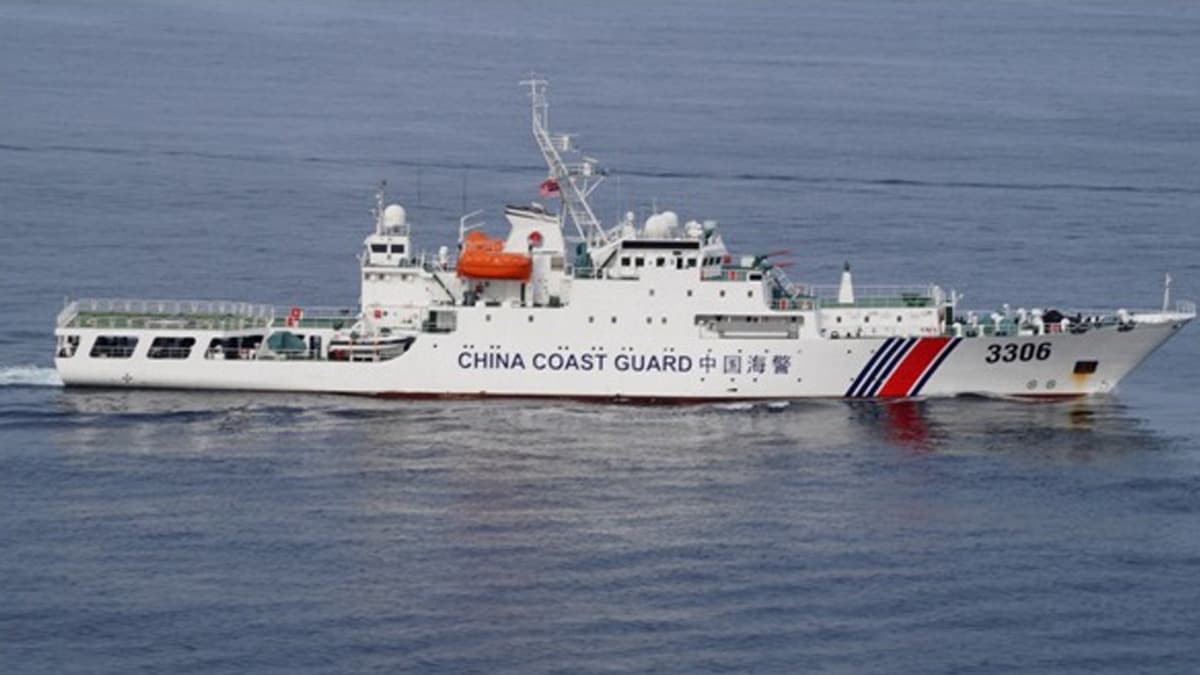
Four armed China Coast Guard vessels entered disputed waters administered by Japan on 16 November, amid worsening diplomatic tensions sparked by Japanese Prime Minister Sanae Takaichi’s recent remarks about Taiwan.
According to Bloomberg, the vessels were observed sailing around the Senkaku Islands — referred to as the Diaoyutai Islands by China and Taiwan — before crossing into Japanese territorial waters. The Japan Coast Guard confirmed that the vessels later exited the area.
In a statement, the China Coast Guard described the manoeuvre as a “rights enforcement patrol,” asserting that the activity was lawful and consistent with China’s territorial claims.
The Senkaku Islands, located in the East China Sea, are claimed by Japan, China, and Taiwan. The area has frequently been a flashpoint for regional tensions.
As of the end of October, Chinese vessels had been present in the waters surrounding the islands for at least 27 days this year, according to Japan Coast Guard data.
Taiwan remarks trigger sharp diplomatic backlash
The maritime incursion followed a week of rising tensions triggered by Takaichi’s comment regarding Taiwan. Speaking last week, the Japanese prime minister said that if military force were used in a conflict involving Taiwan, it could constitute a “survival-threatening situation.” Such a designation under Japan’s security laws could justify military intervention.
Beijing strongly objected to the remark, demanding a retraction and issuing a series of diplomatic and public warnings. China’s Ministry of National Defense warned that any intervention by Japan would “be doomed to fail.”
The Chinese Ministry of Foreign Affairs also summoned Japan’s ambassador — the first such summons in over two years.
Further escalating the rhetoric, China’s consul general in Osaka triggered a formal protest from Tokyo after stating that “the dirty head that sticks itself out must be cut off.”
China also advised its citizens to avoid travelling to Japan in the short term. On 16 November, China’s Ministry of Education issued a statement, broadcast by China Central Television, urging students intending to study in Japan to “exercise caution” due to increased safety risks.
Concurrent military activity near Taiwan
While maritime tensions played out near the Senkaku Islands, Taiwan also reported heightened military activity in its surrounding airspace and waters.
Taiwan’s Ministry of National Defense said that, over a 24-hour period ending on 16 November, it detected 30 Chinese military aircraft, seven navy vessels, and one “official” ship operating near the island.
This activity followed reports late on 15 November of another Chinese “joint combat patrol” in the region. Taiwan’s defence ministry characterised the operations as continued harassment and said it had deployed its own aircraft and naval assets in response.
Broader regional implications
This latest development underscores the fragile and complex security dynamics in East Asia, where maritime disputes and cross-Strait tensions intersect with evolving national defence postures.
Japan’s constitutional pacifism has long shaped its regional strategy, but recent comments by Takaichi — particularly in the context of Taiwan — mark a potentially significant shift in tone.
Beijing's robust response reflects its longstanding sensitivity over Taiwan, which it views as a breakaway province. Any suggestion of foreign military involvement, particularly from a regional power like Japan, is met with immediate and assertive opposition.

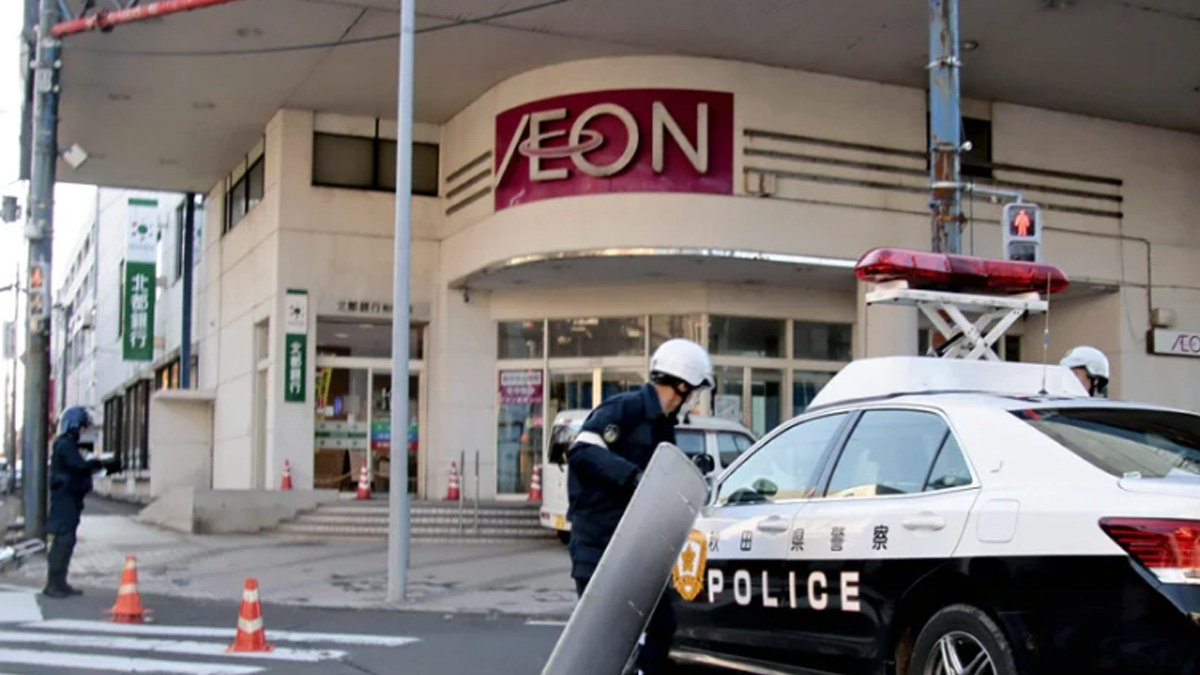
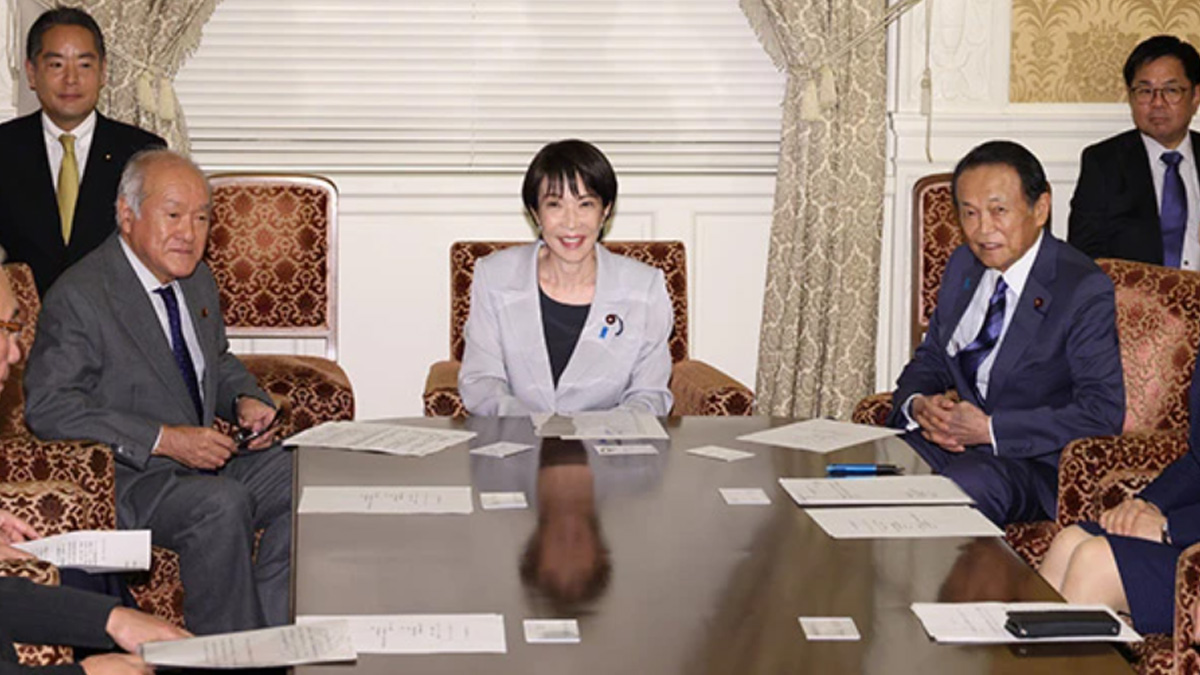
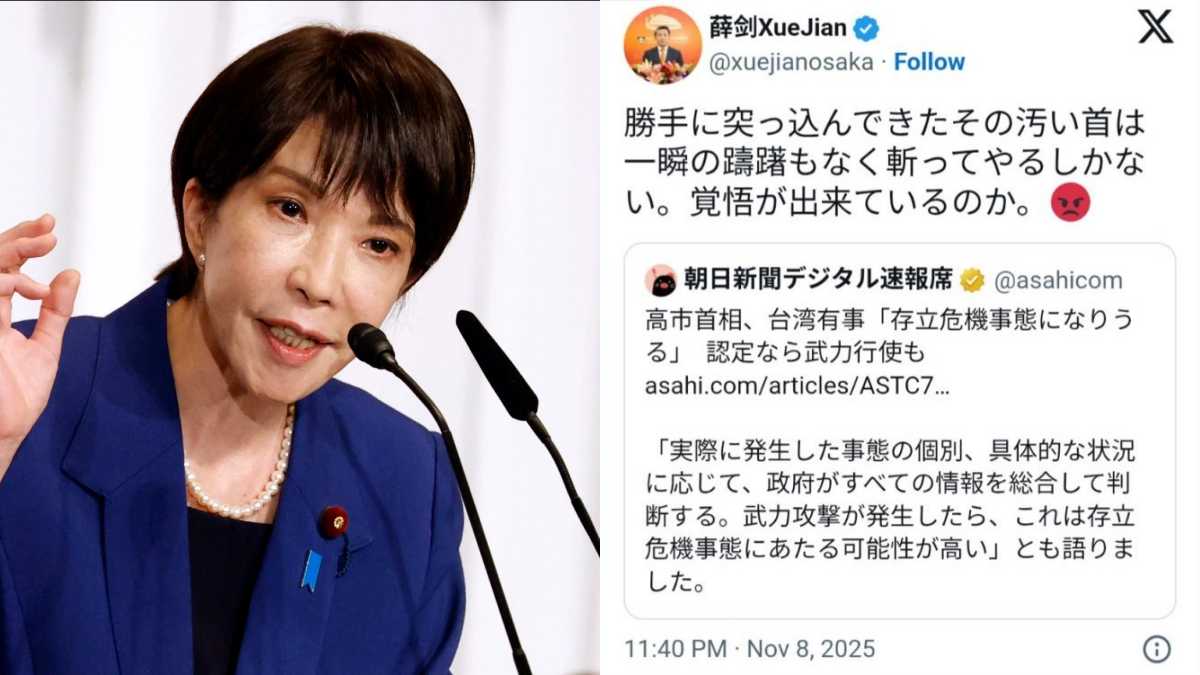

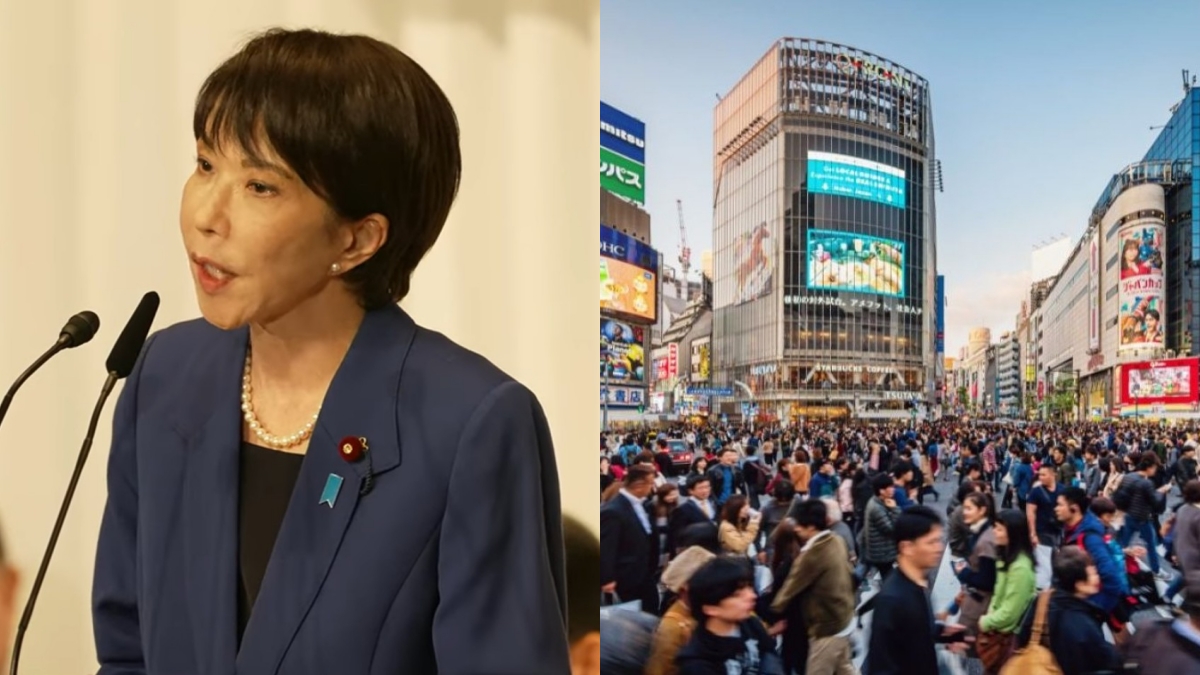

0 Comments